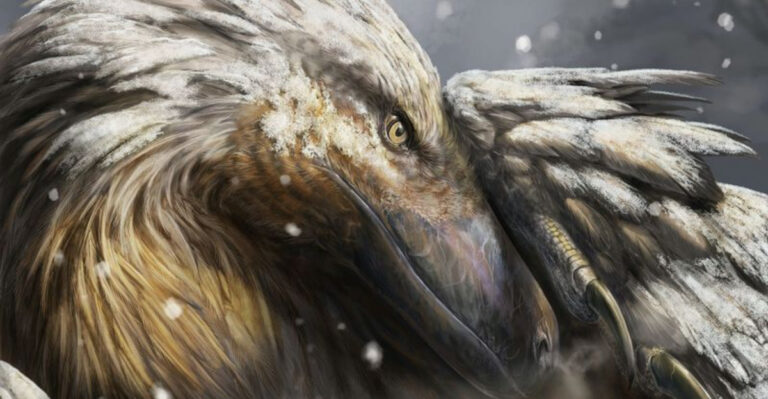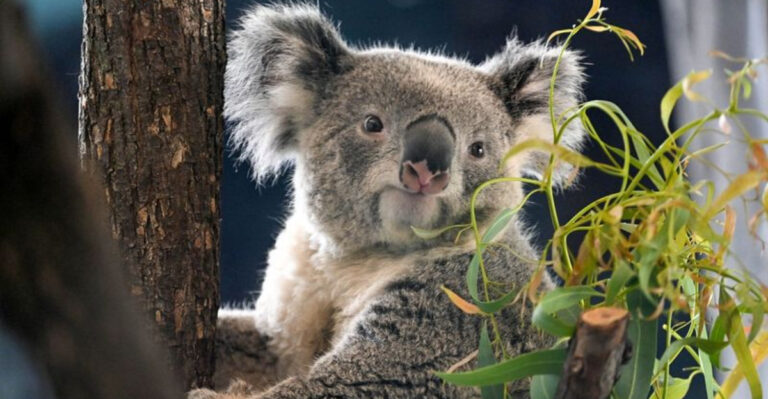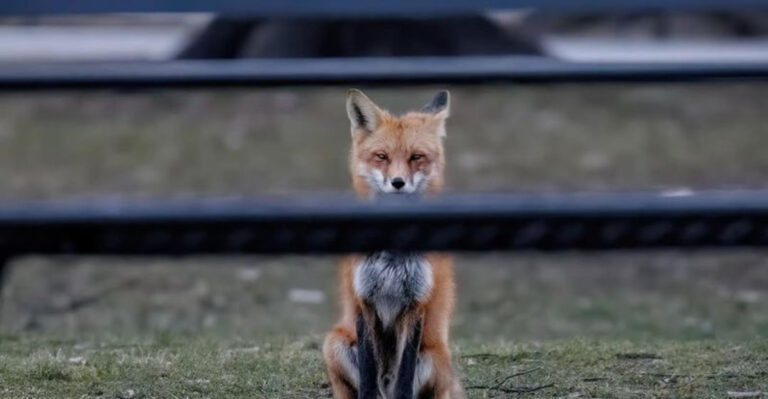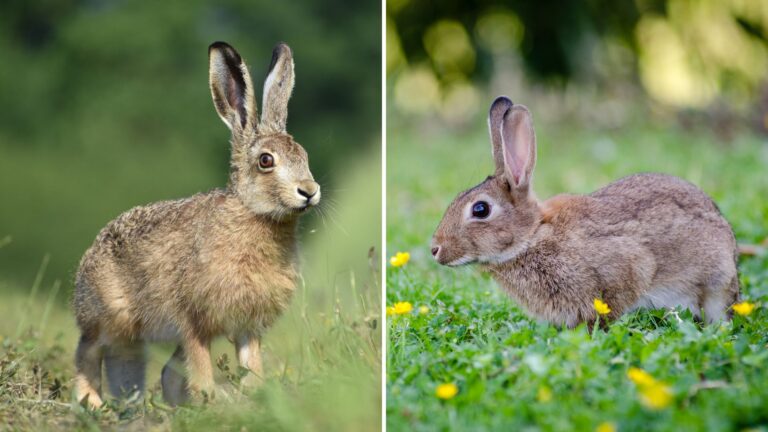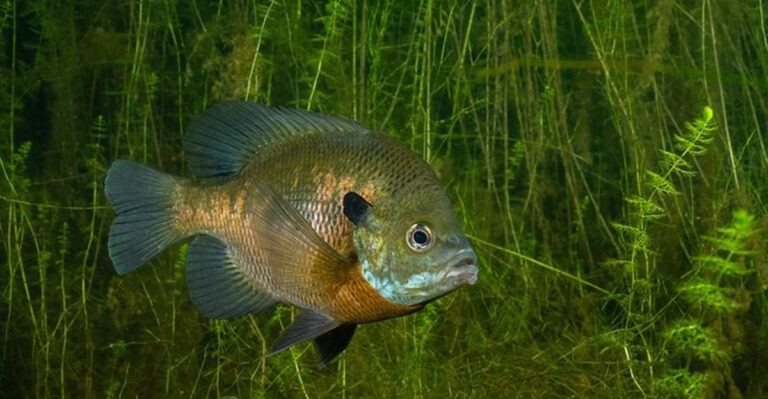11 Ways Big Cats Use Camouflage To Hunt And Evade Predators
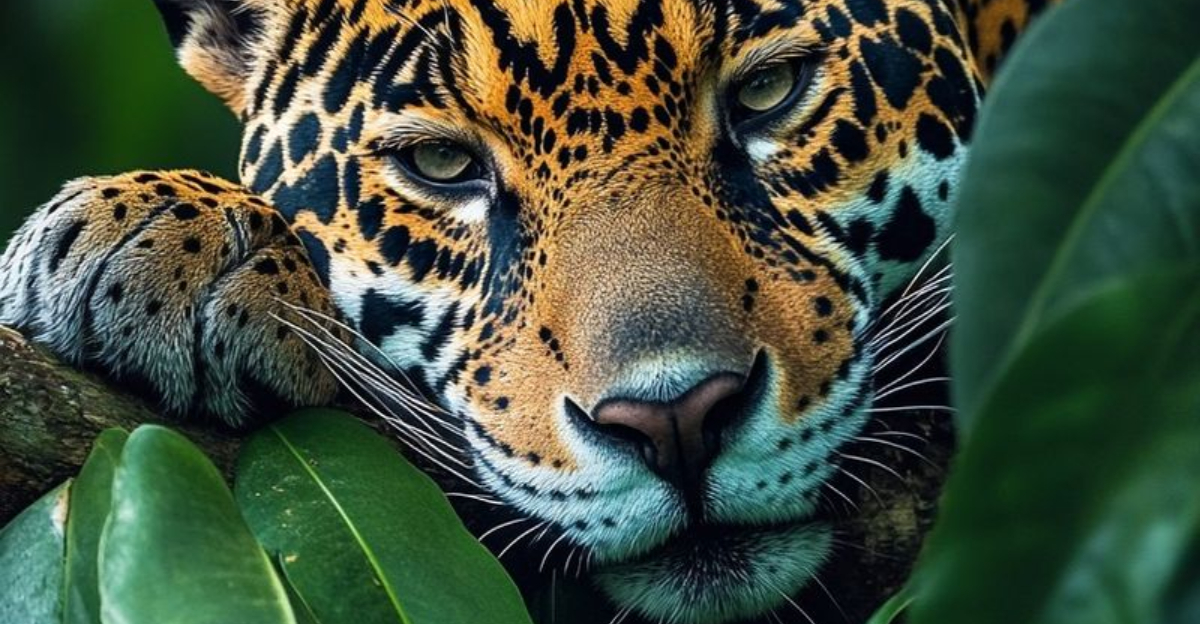
In the animal kingdom, survival often hinges on the art of disguise. Big cats, the majestic predators of the wild, are masters of this art, using camouflage to both hunt their prey and evade threats.
These stealthy felines employ a variety of techniques to blend into their surroundings, ensuring they remain unseen until the perfect moment. Journey with us through the fascinating world of big cat camouflage, where each species has its own unique tricks to stay hidden in plain sight.
1. Tiger’s Striped Mastery
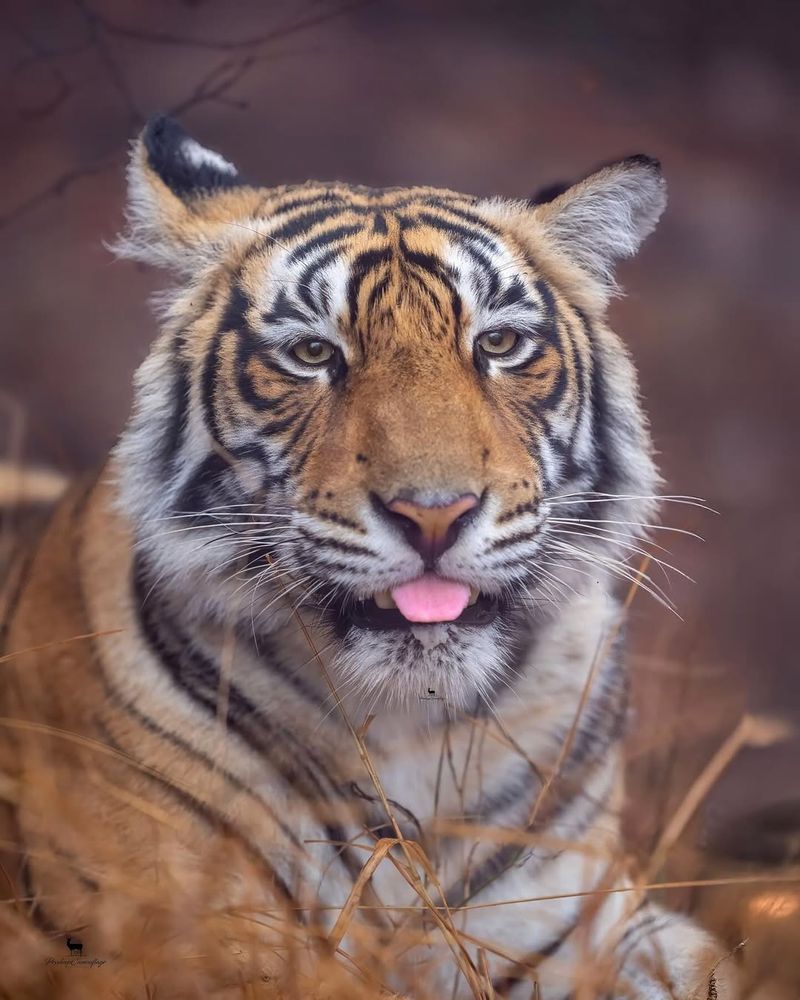
Tiger stripes aren’t just for show; they’re a tactical advantage in the wild. These majestic felines have evolved their coats to mimic the interplay of light and shadow in their forest habitats. The alternating dark and light stripes make them appear as flickering shadows against the dappled sunlight.
In the dense jungles and grasslands of Asia, tigers use their stripes to become invisible hunters. As they crouch low in the grass, their stripes align perfectly with the stalks, making them undetectable to unsuspecting prey. This pattern not only aids them in hunting but also acts as a defense against larger predators.
But tigers aren’t just all stripes and no substance. Their camouflage also includes their silent, padded paws, allowing them to sneak up on prey with unnerving stealth. These adaptations make the tiger one of the top predators in its environment, proving that in the wild, sometimes the best offense is a good disguise.
2. Leopard’s Spotted Elegance
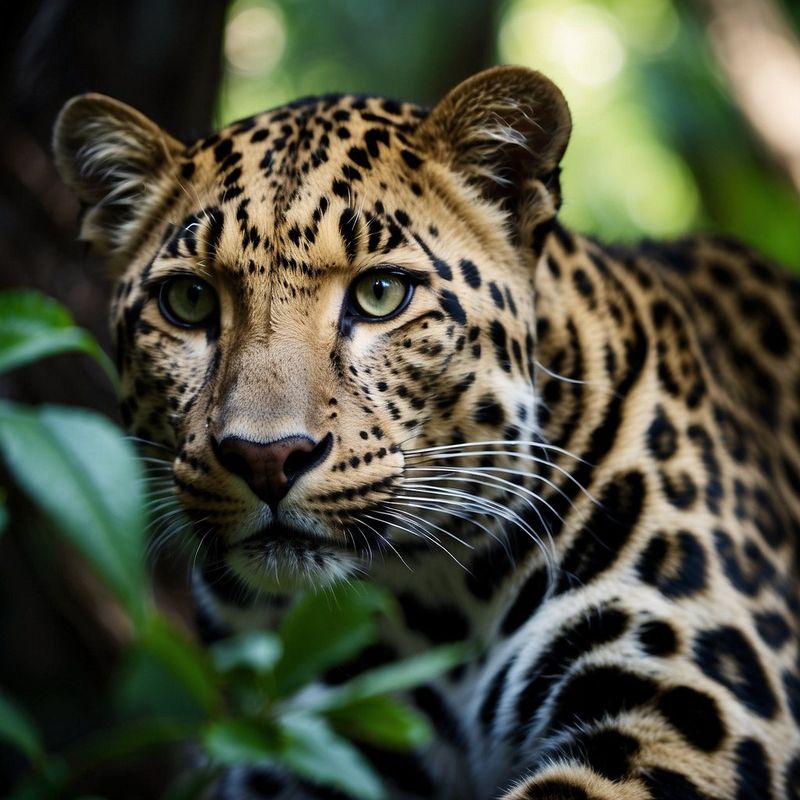
Leopards are the epitome of stealth and grace, and their spots play a key role in this. Unlike the uniform patterns of other big cats, leopard spots are rosettes that provide excellent camouflage in the varied environments they inhabit. Whether in the dense forests, arid deserts, or rocky terrains, leopards’ spots help them blend into their surroundings.
These spots create an optical illusion, breaking up their outline and making them hard to detect. The effect is so powerful that even at close range, leopards can remain virtually invisible. This allows them to approach prey with remarkable stealth, getting close enough for a quick, lethal pounce.
The spots also serve another purpose: they help leopards hide from larger predators. By staying unseen in trees or dense underbrush, leopards can avoid confrontations with lions or tigers. So whether they’re hunting or hiding, leopards rely on their spotted elegance to survive.
3. Snow Leopard’s White Cloak
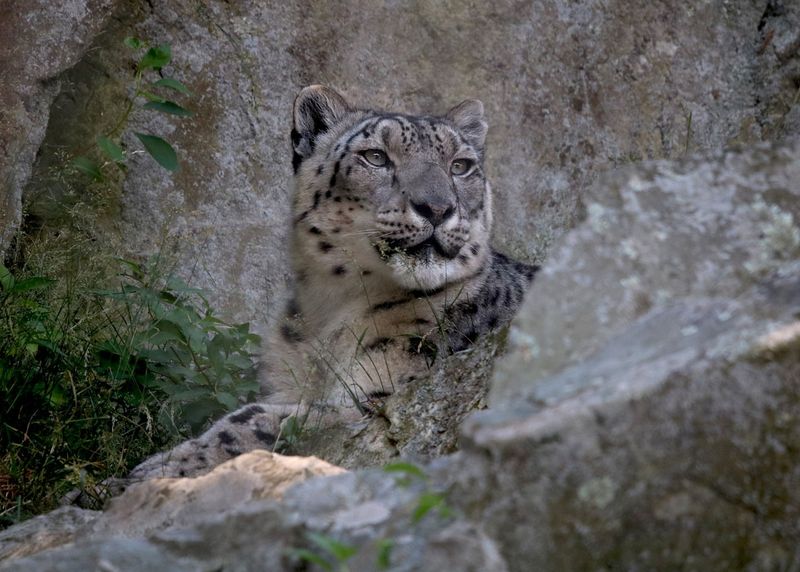
High in the mountains of Central Asia, snow leopards blend seamlessly into the snowy landscapes. Their thick, white fur not only keeps them warm but also acts as perfect camouflage against the snow and rocky terrains. This allows them to approach prey undetected and avoid being spotted by potential predators.
The snow leopard’s coat is dotted with rosettes and spots, adding to their stealth. These patterns mimic the shadows and rocky outcrops of their mountainous homes, giving them an edge in hunting. Whether slinking through snow-laden paths or resting on a rocky ledge, they’re virtually invisible.
These elusive felines are also known for their incredible agility, which, coupled with their camouflage, makes them formidable hunters. They can leap great distances, surprising their prey with sudden, deadly efficiency. In a world of ice and stone, the snow leopard is a ghostly phantom.
4. Cheetah’s Grassland Guise
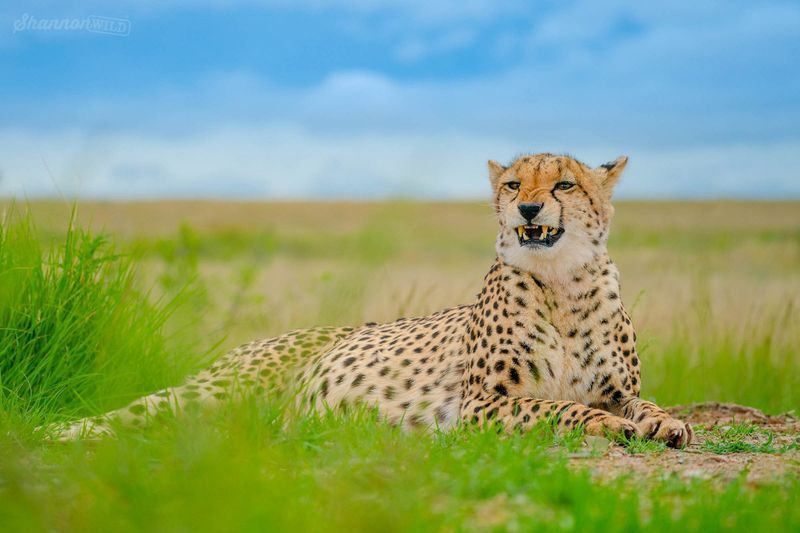
In the vast savannahs of Africa, the cheetah’s coat is its single most important survival tool. The tan fur with black spots provides ideal camouflage amongst the dry grasses, allowing these speedsters to remain hidden from prey and predators alike.
Cheetahs use their stealth and speed in combination. By staying low and moving quietly through the tall grasses, they can approach prey closely without being detected. When the moment is right, they unleash their renowned speed in a short, explosive chase.
The cheetah’s tear marks, the black lines running from the inner corners of their eyes down to their mouth, help reduce glare from the sun. This not only improves their focus during the chase but also assists in blending their facial outline with the surroundings. For the cheetah, it’s all about maximizing stealth before showcasing their legendary speed.
5. Jaguar’s Rainforest Riddle
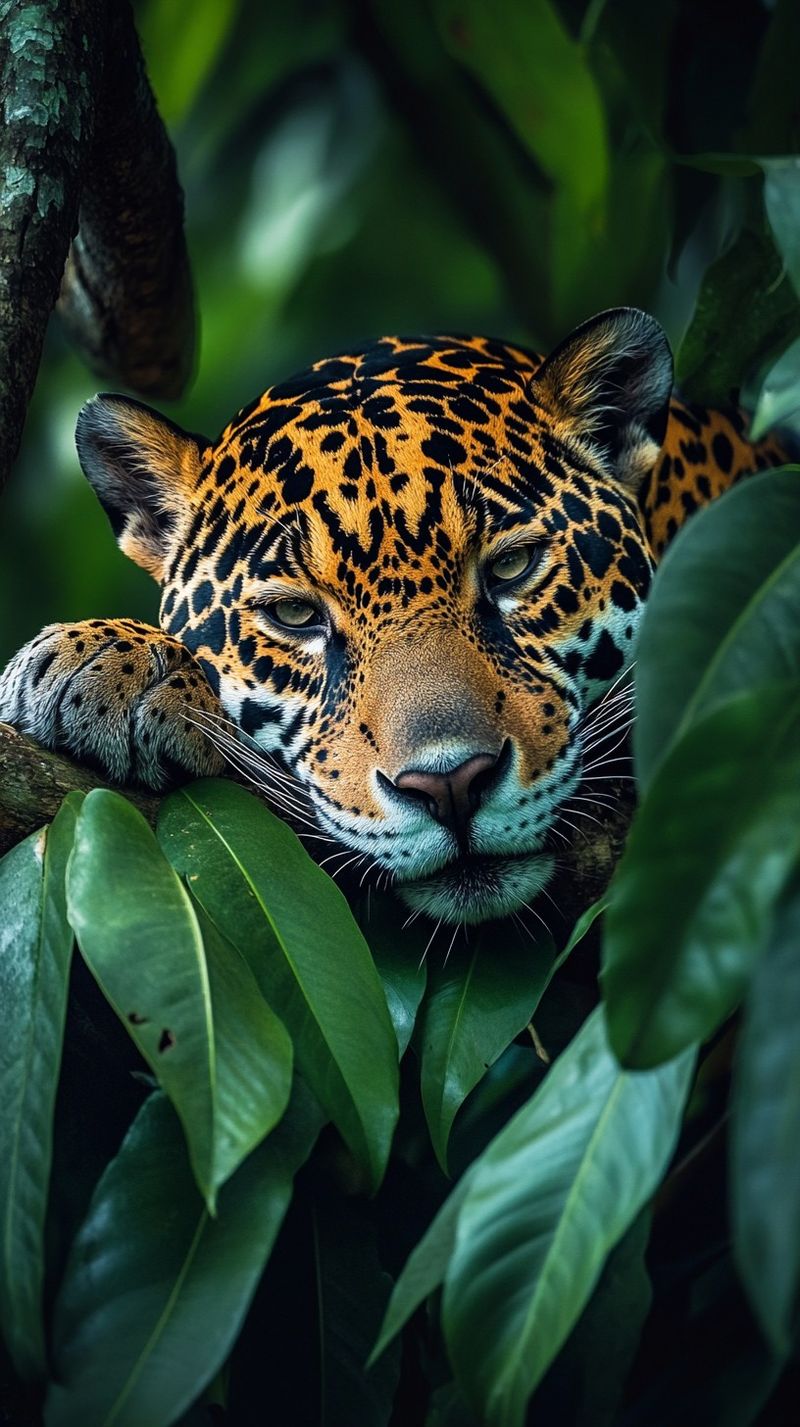
In the dense and vibrant rainforest, jaguars are the ultimate stealth predators. Their rosettes and spots are not merely decorative; they are crucial in blending with the sun-dappled surroundings. The pattern mimics the light and shadows of the jungle, rendering them nearly invisible.
Jaguars are solitary hunters, relying on their stealth to ambush prey. With a powerful build and incredible strength, they strike with precision and force. Their camouflage is an essential part of this strategy, allowing them to get close to their target before pouncing.
This camouflage also protects jaguars from potential threats. In a jungle teeming with life, being unseen is often the key to survival. Whether resting in the underbrush or stalking through the trees, jaguars masterfully use their camouflage to navigate their world.
6. Puma’s Mountain Mirage
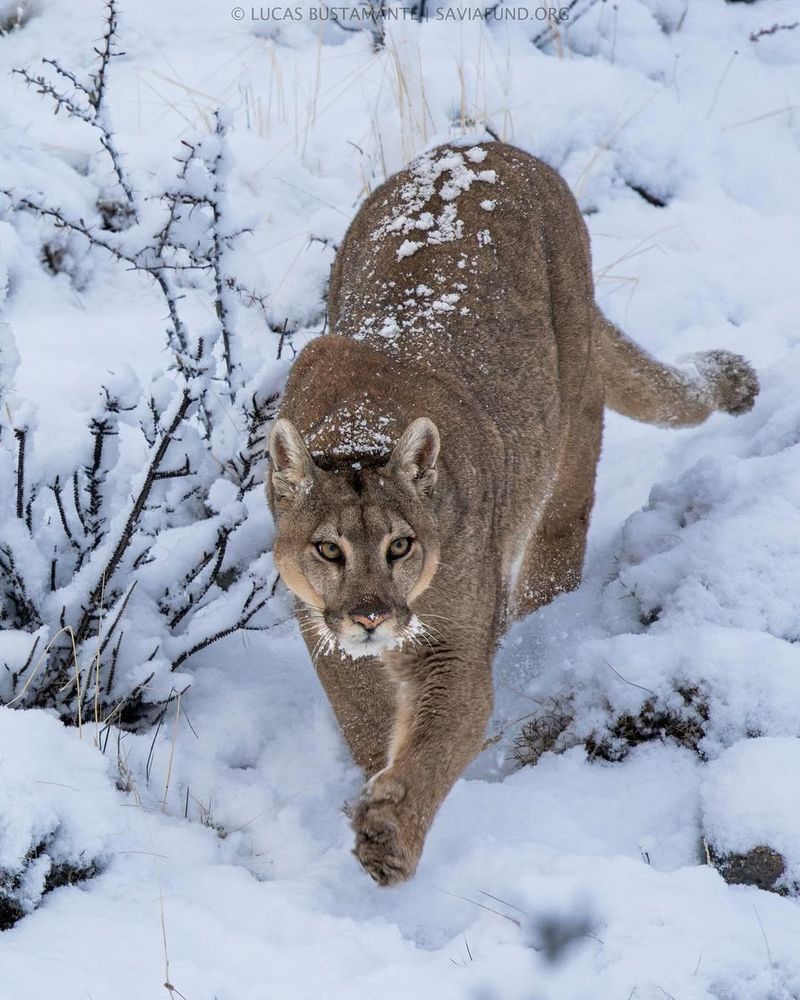
Pumas, also known as cougars or mountain lions, are adept at disappearing into their surroundings. Their tawny coats allow them to blend perfectly with the rocky and vegetative landscapes of North America. This camouflage is vital for their role as stealthy ambush predators.
These big cats are highly adaptable, living in a range of habitats from forests to deserts. Their coloration helps them blend into various environments, whether they’re stalking through dense underbrush or lounging on rocky outcrops. This adaptability is vital for both hunting and evading larger predators.
Pumas are solitary and elusive, often staying hidden from view. Their ability to blend into the background is matched by their quiet, cautious movements, making them almost ghost-like. For the puma, being invisible is just as important as being swift and powerful.
7. Lion’s Savanna Stealth
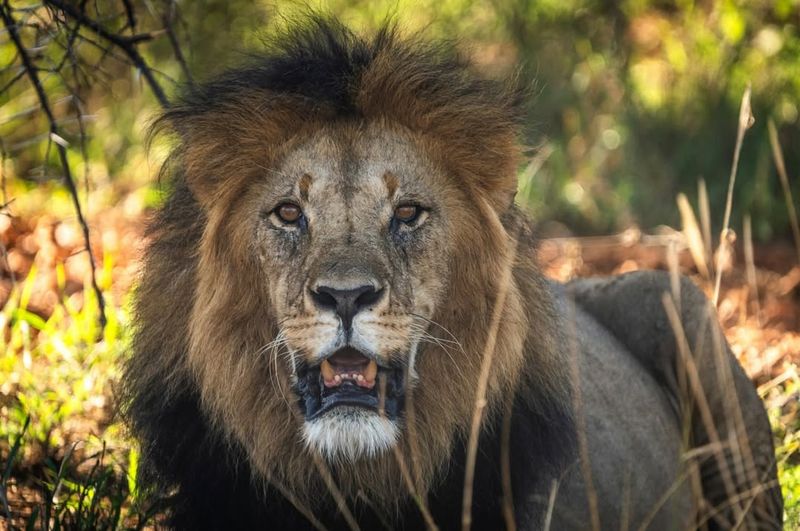
In the heart of the African savanna, lions have mastered the art of disguise to become the top predators. Their tawny coats match the golden grasses, allowing them to approach prey with surprising stealth. For prides of lions, this camouflage is as essential as their teamwork.
Lionesses, the primary hunters of the pride, rely on their ability to stay unseen until they are close enough to launch a coordinated attack. The grasses provide cover, masking their approach until the last moment. This teamwork and stealth make lions formidable hunters.
Even the mighty lion’s mane serves a purpose beyond showing off dominance. While more visible, it can also blur the lion’s body outline in the grass, confusing prey about its exact position. With keen strategy and natural disguise, lions rule the savanna.
8. Serval’s Grassland Camouflage
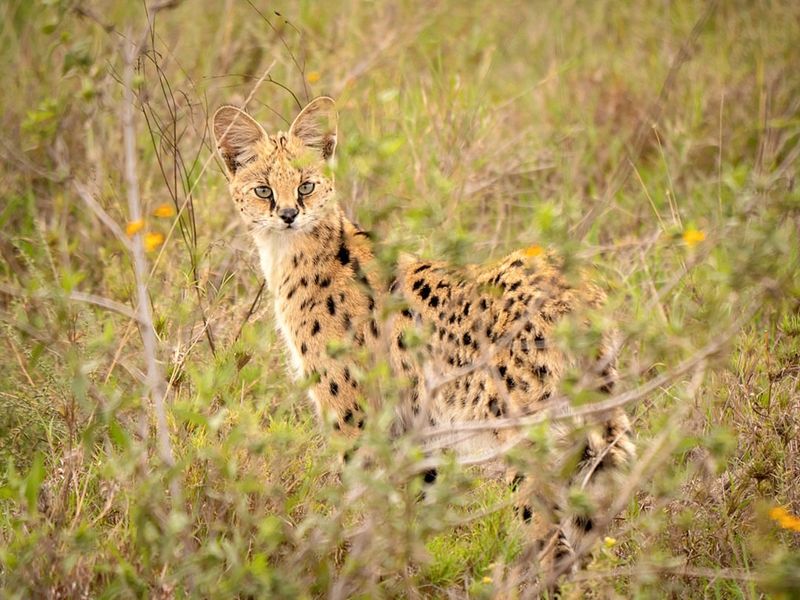
The serval, with its long legs and large ears, might seem an unlikely master of disguise, but its spotted coat tells another story. Found in the tall grasses of Africa, servals rely on their unique patterns to remain undetected by both prey and predators.
Their spots and stripes create a disruptive pattern that breaks up their silhouette, blending seamlessly with the grass and foliage. This allows them to hunt small mammals and birds by surprise, using their incredible jumping ability to catch prey off-guard.
Despite their smaller size compared to other big cats, servals are agile and effective predators. Their ability to remain unseen until the perfect moment gives them a hunting edge. In the world of the serval, every hunt is a game of hide and seek, where being unseen is the key to success.
9. Clouded Leopard’s Forest Fantasia
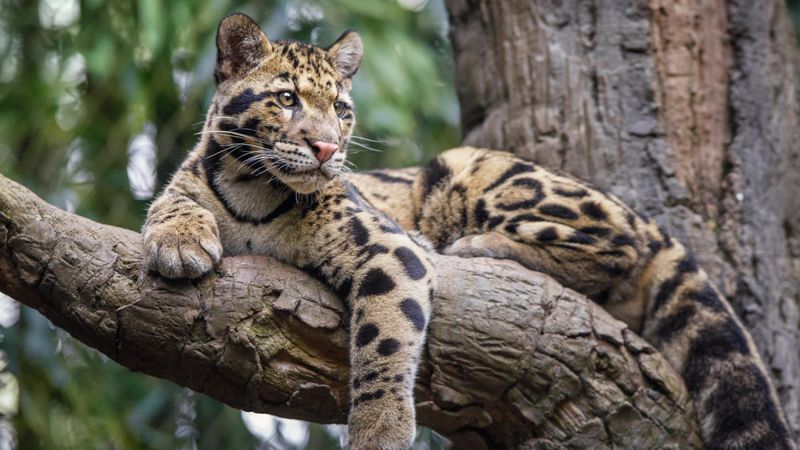
The clouded leopard, with its distinctive cloud-like spots, has mastered camouflage in the dense forests of Southeast Asia. These beautiful patterns help them melt into the leafy shadows, making them nearly invisible in their habitat.
This camouflage is crucial for hunting and avoiding larger predators. Clouded leopards are arboreal, spending much of their time in trees, where their spots help them blend with the dappled light filtering through the canopy. As ambush predators, they rely on stealth and surprise to capture prey.
Despite their secretive nature, clouded leopards are powerful hunters. Their ability to move silently and remain unseen in the trees makes them formidable predators in their environment. For these elusive cats, a little bit of cloud cover goes a long way.
10. Lynx’s Snowy Subterfuge
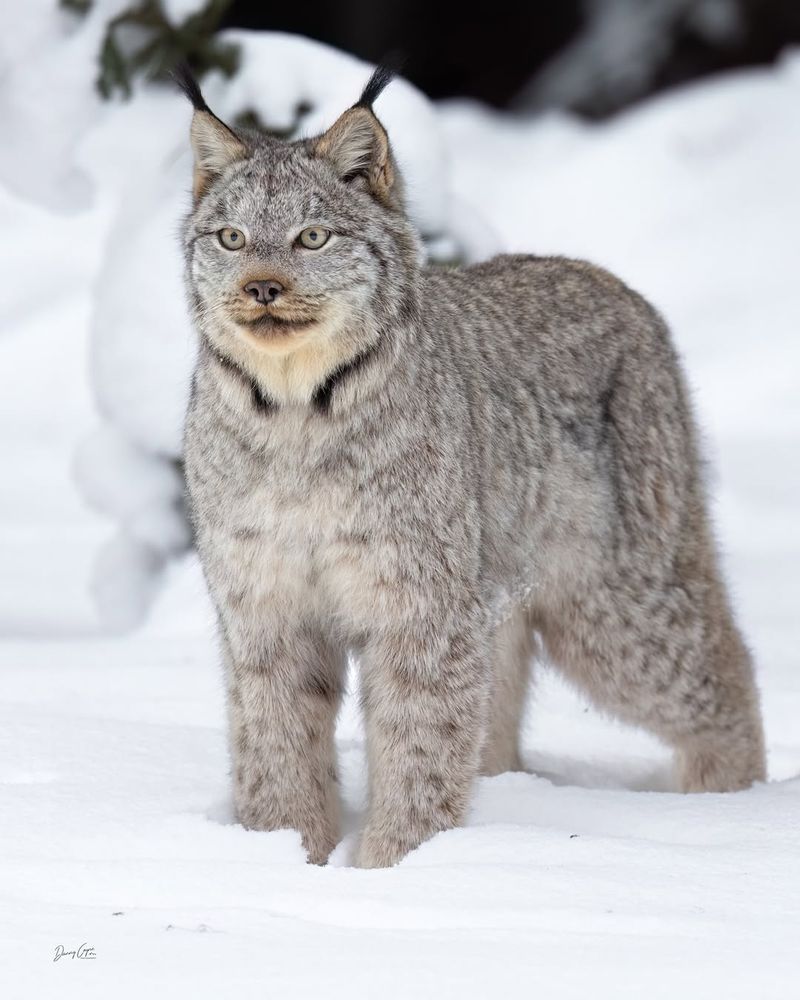
The lynx, with its tufted ears and short tail, is a master of snowy subterfuge. Found in the boreal forests of the Northern Hemisphere, their thick, spotted coats provide excellent camouflage against the snow and underbrush.
This camouflage allows lynxes to sneak up on their prey, primarily small mammals and birds, without being detected. Their ability to move silently through the snow is aided by their large, furry paws, which act as natural snowshoes.
Lynxes are solitary creatures, relying on their stealth and camouflage to survive in harsh winter conditions. Their ability to blend into the snowy landscape not only helps them hunt but also protects them from larger predators. In the silent, snowy woods, the lynx is a ghostly figure, unseen and unheard.
11. Caracal’s Desert Disguise
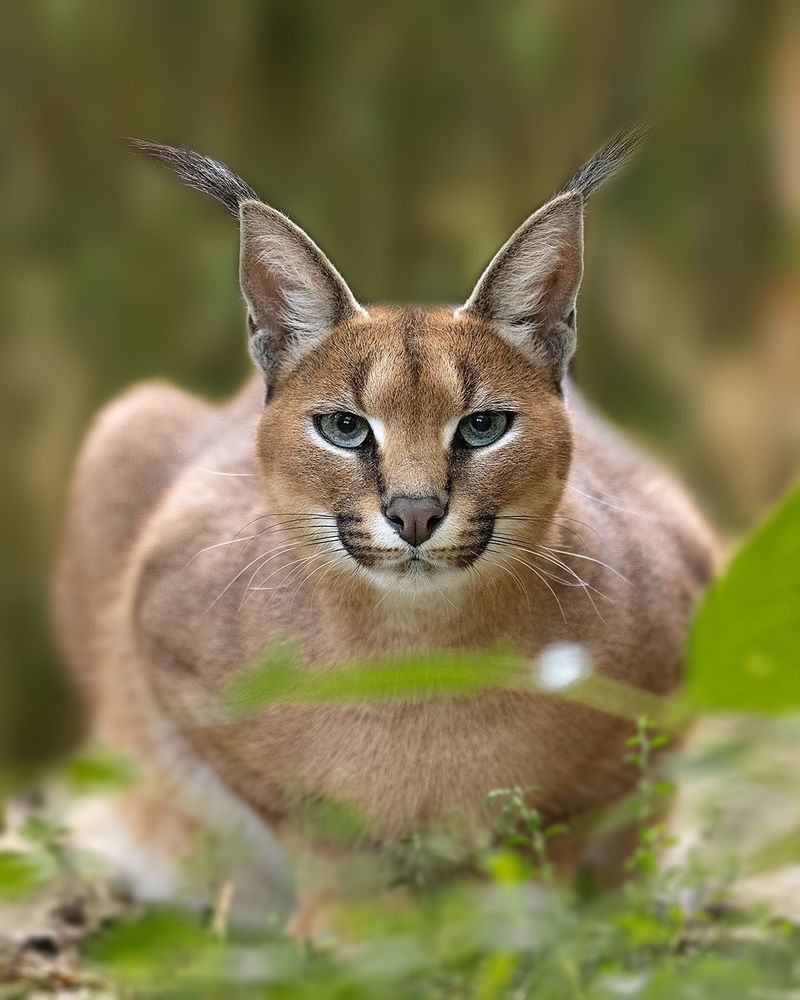
The caracal, with its striking ear tufts and athletic build, is a master of desert disguise. Found in the arid landscapes of Africa and the Middle East, their reddish-brown coats blend seamlessly with the sand and rocky terrain.
This camouflage is essential for hunting and avoiding predators. Caracals are skilled hunters, known for their incredible leaping ability to catch birds mid-flight. Their coat allows them to remain unseen until the perfect moment to strike.
Even in the harsh desert environment, caracals thrive by being invisible. Their ability to blend into the background is matched by their patience and precision in hunting. In the desert, where resources are scarce, the caracal’s camouflage is a crucial survival tool.

